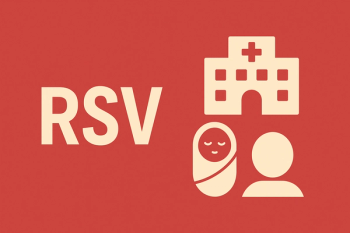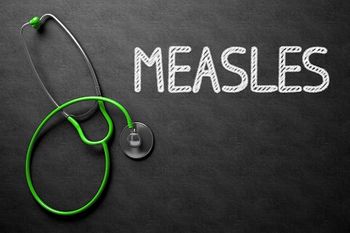
Racial and Ethnic Disparities in COVID-19 Hospitalizations in New York City
A new study in JAMA recently evaluated and assessed the racial and ethnic disparities in hospitalizations and mortality across COVID-19 patients within New York City.
The COVID-19 pandemic has shed light on an array of things across not only the globe, but also the United States. From the vulnerable supply chain of medical supplies to the fatigue and stress on healthcare workers, and ultimately, a highly stressed and precarious testing infrastructure, this has been the moment where we learn just how many weaknesses we have.
COVID-19 has stressed public health and healthcare to their tipping point, but also created extreme hardship for so many with business closures and nearly a year of the pandemic testing our response and resilience.
One of the most significant of these realizations and findings is the racial and ethnic disparities that the pandemic had reinforced. These are in no way new or novel to the pandemic, but rather systemic issues that have long been neglected.
More importantly, these disparities existed well before the pandemic and will sadly continue to exist after it, meaning that while the pandemic has worsened them, they are social injustices that should have been readily addressed as part of pandemic response.
A
Utilizing a cohort of 9722 patients in a retrospective analysis within the New York University Langone Health system, they evaluated both inpatient and outpatient centers involving those who were tested for SARS-CoV-2 between March 1 and April 8, and then followed up with these patients through May 13th of this year. Over 11547 patients were tested and data comparisons included outcomes by race and ethnicity examined against age, sex, body mass index, comorbidity, insurance type, and neighborhood socioeconomic status.
The research team reported that of those 9722 patients studied, nearly 60% were female, roughly half were positive for COVID-19, 54.2% were admitted to the hospital, and 39.9% were White, 14.3% were Black, 27.3% were Hispanic, 6.9% Asian, and 7.9% multi-racial or other. The authors noted that “After adjustment for all covariates, Hispanic (OR, 1.0; 95% CI, 0.8-1.2; P = .90) and Black patients (OR, 0.9; 95% CI, 0.7-1.1; P = .23) were no more likely than White patients to be hospitalized. After adjusting for age, sex, insurance status, and comorbidity, Asian patients were more likely (OR, 1.5; 95% CI, 1.1-2.0; P = .01) than White patients to be hospitalized, and the odds slightly increased with addition of neighborhood SES (OR, 1.6; 95% CI, 1.1-2.3; P = .004) to the model”.
Ultimately the authors noted that there was a higher likelihood of testing positive for SARS-CoV-2 among those patients who identified as Black and Hispanic, which underscores the systemic social inequalities that make it harder to work remotely, socially distance, have access to adequate testing or healthcare response, etc.
Moreover, the authors emphasized the higher rate of COVID-19-related morbidity for Blacks, which was different than the comparable odds of hospitalization between Black and White patients. After their analysis, the authors pointed to the need to continue outreach to ensure better outcomes within Black and Hispanic outcomes. “Existing structural determinants—including inequality in housing, access to care, differential employment opportunities, and poverty—that remain pervasive in Black and Hispanic communities should be addressed in order to improve outcomes in COVID-19–related mortality," the authors wrote.
Newsletter
Stay ahead of emerging infectious disease threats with expert insights and breaking research. Subscribe now to get updates delivered straight to your inbox.

































































































































































































































































































